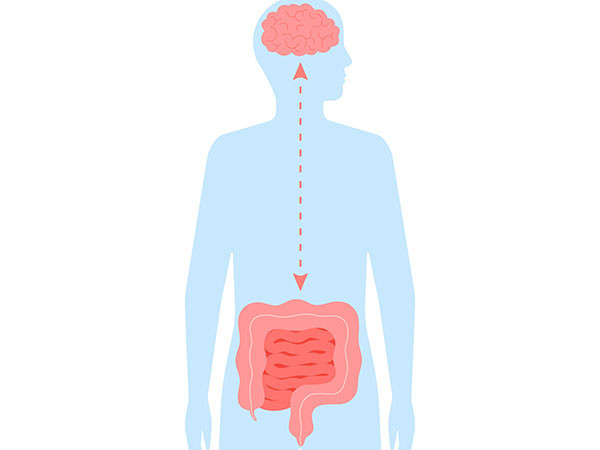
Alopecia has been in the news recently. But what does it mean to have alopecia? Alopecia is a catch-all term that encompasses all types of hair loss. Hair loss is a common problem for many men and women, and most people will experience some type of hair loss during their lifetimes.
Alopecia areata (AA) occurs when the body’s immune system attacks hair follicles, resulting in hair loss. AA can affect the scalp, eyebrows, eyelashes, or anywhere hair grows on the body.
What causes alopecia areata?
The immune system protects the body against foreign invaders like bacteria or allergens. When the immune system isn’t working as it should, it can attack hair follicle cells, making them prematurely enter their “resting” phase (called telogen), stopping hair growth.
The exact trigger for this immune response is unknown, although environmental factors, genetics, and stress may all play a role.
AA affects patients of all ethnicities and genders. It is one of the most common hair loss disorders. Most people who develop AA are younger than 30, but AA can occur at any age.
What does alopecia areata look like?
AA usually starts as a sudden appearance of small, round patches of hair loss without redness or scarring. Rarely, this can progress to a complete absence of body and scalp hair, including eyebrows and eyelashes.
The diagnosis is often made through an examination by a doctor (usually a dermatologist), and may involve use a of a dermoscope (skin surface microscope) to help. If it’s not clear that AA is the cause of hair loss, the doctor make take a scalp biopsy (removal of a small amount of skin) to help get a clearer diagnosis.
Nail changes are found in approximately 10% to 20% of patients, and may occur more commonly in children or those with severe cases.
Because AA is an autoimmune condition, it is not surprising that it may be associated with other immune-driven conditions such as vitiligo, autoimmune hemolytic anemia, celiac disease, lupus, allergic rhinitis, asthma, atopic dermatitis, and thyroid diseases. Blood tests for thyroid dysfunction are often done to rule out thyroid conditions that affect hair loss.
AA frequently causes psychological and emotional distress and can negatively impact people’s self-esteem. People with AA have an increased risk for anxiety, depression, and obsessive-compulsive disorder.
What is the prognosis for alopecia areata?
The natural course of AA is unpredictable; however, most people with AA achieve hair regrowth within a few years. Regrowth is most likely to occur in patients with milder hair loss. The AA subtype also contributes to the prognosis: the risk of progression from limited alopecia areata to complete scalp hair loss (alopecia totalis) or whole-body hair loss (alopecia universalis) is approximately 5% to 10%.
The most important indicators for prognosis are the extent of hair loss and the age when AA starts. People who develop AA at a younger age usually have the worst outcomes. Certain subtypes of AA may also be less responsive to treatment options.
What are current treatments for alopecia areata?
Before treatment is started, it is essential to have realistic expectations, and to know that at this time there is no cure for AA and that the goals of treatment are to suppress hair loss and promote regrowth. Due to the unpredictable nature of AA, recurrence can happen, with only 30% of patients experiencing long-lasting remissions.
The first treatment choice for patients with limited, patchy AA is topical steroids (applied at home by the patient) or locally injected steroids (applied by the doctor), because of the minimal side effects, ease of application, and excellent response in most low-severity cases. Occasionally, specific topical irritating medications are applied to the scalp to try to reset the autoimmune process and regrow hair. Some of these prescriptions are squaric acid or anthralin (which may have other brand names), and they are also applied during doctor’s office visits.
For rapidly progressing or more widespread alopecia, systemic steroids or other immunosuppressants can be used. Recently, a newer class of medications called JAK inhibitors has shown promise at improving even advanced AA, but there has been a high relapse rate if treatment is stopped. Nevertheless, many clinical trials are being done for new AA treatments.
Family and patient education, as well as psychological support, are essential in the management of AA. Prosthetic and cosmetic options, like wigs, are also options in more extensive or nonresponsive cases. Support groups can be found on the National Alopecia Areata Foundation website.






